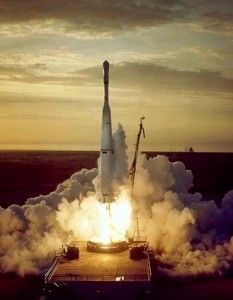Where is the hurricane?
That’s a question that can be answered by using a hurricane tracking app, visiting our hurricane tracker, and keeping up with your local newscasts and emergency management office’s alerts (here is a list of State offices and agencies of emergency management). These incredibly convenient, and life-saving items make this a great moment in the history of hurricane tracking.
Knowing where a hurricane is will allow you to make wise and timely hurricane preparedness decisions and revise and review your hurricane checklist. This can help you as you decide to prepare your home to avoid some 20 types of hurricane damage or more and possibly choose to evacuate the area altogether.
Hurricane Tracking: A History
Once upon a time, hurricane tracking was much less a science as it was an “oh crap we better take cover now.” In 1900 the great innovation of the wireless telegraph allowed ships to report storms to cities that may be in the path, but in many instances, including that of the Galveston Storm of 1900, the ambiguity of just where the hurricane might be, coupled with the fact that a ship had to be at a port to send a wireless made this an iffy method of warning at best.
During the second world war the history of hurricane tracking took a leap forward when radar operators noticed that clouds and other weather events left echoes on their screen. It didn’t take long for scientists to begin studying this radar and using it to analyze weather events.
It wasn’t until 1960 that the Television Infrared Observation Satellite (TIROS), the very first weather satellite made it up into the heavens and was able to give meteorologists a better idea of what was going on in our atmosphere. Even this
great stride toward making the world a safer place by means of forecasting was fairly primitive.
TIROS could only feed back images that were fed back to earth from two television cameras that were embedded in the satellite. Although these images could show the storm itself, there was little indication of just how strong the winds, rain, or storm surge might be. It could however detect the size and direction of the storm, which allowed for a much greater accuracy in landfall prediction.
Today, NOAA’s “Hurricane Hunter” aircraft, doplar radar, advanced modeling systems, and enhanced satellite technology make hurricane tracking a much more accurate affair than it was in the time of the Galveston Storm. These forecasts are still not perfect. They can tell you where the hurricane is for about a 24 hour period. This is why it is essential that you remain vigilant, observant, and prepared. If there is a storm out there, ask yourself “where is the hurricane?” to keep it in your mind, and track it daily.


Recent Comments